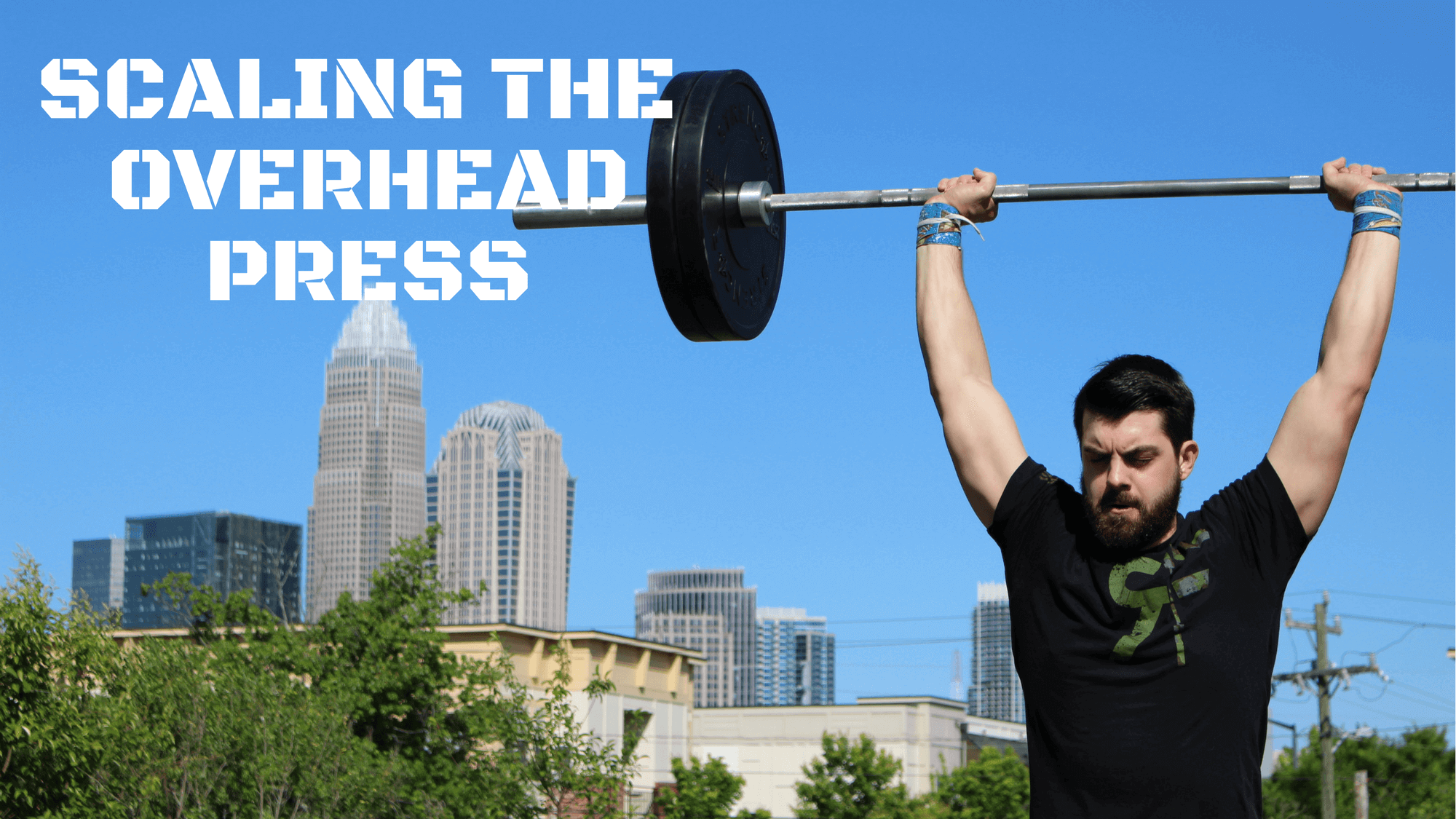
Mobility,
The best fitness professionals have a plethora of exercises they can pull out at a moment’s notice to scale a movement based on a client or athlete’s needs. Unfortunately, far too often, we see programming without sufficient scaling options to ensure safe and effective workouts for all gym members. Join Dr. Zach Long (The Barbell Physio) and Dr. Andrew Millett...
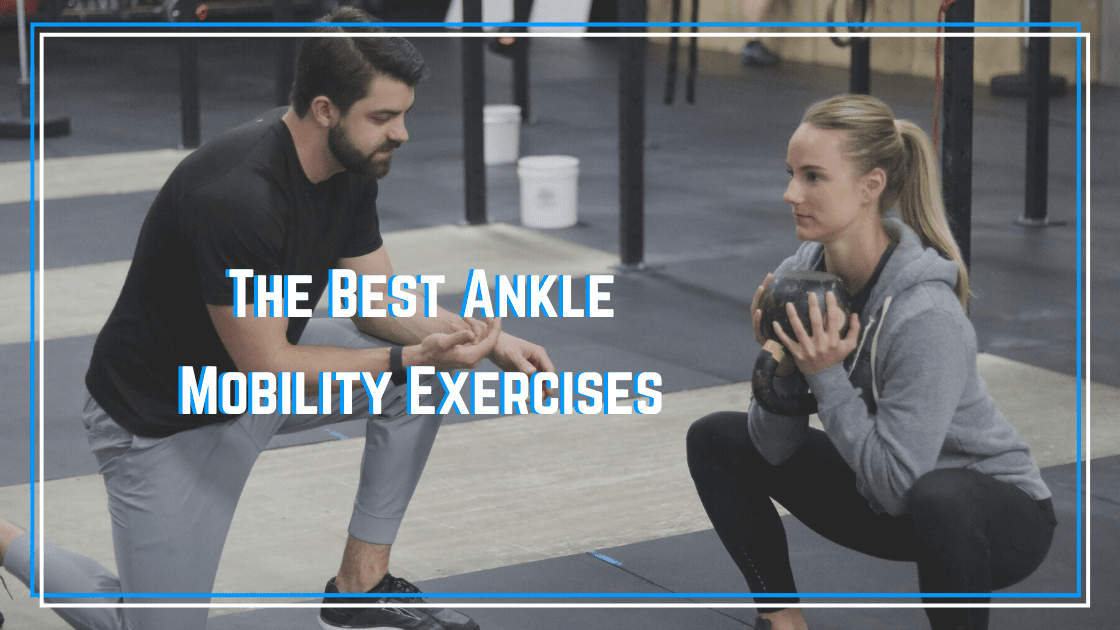
Ankle Mobility,
Blog,
Injury Prevention,
Mobility,
The Best Ankle Dorsiflexion Mobility Exercises
If you are an Olympic weightlifter or CrossFit athlete you know how important ankle mobility is for your performance. When your ankle joint moves well, you can easily hit great positions in your cleans and snatches, and your squat depth will often be limited. When you have poor ankle mobility, you’ll have to fight your own anatomy during workouts, robbing you...
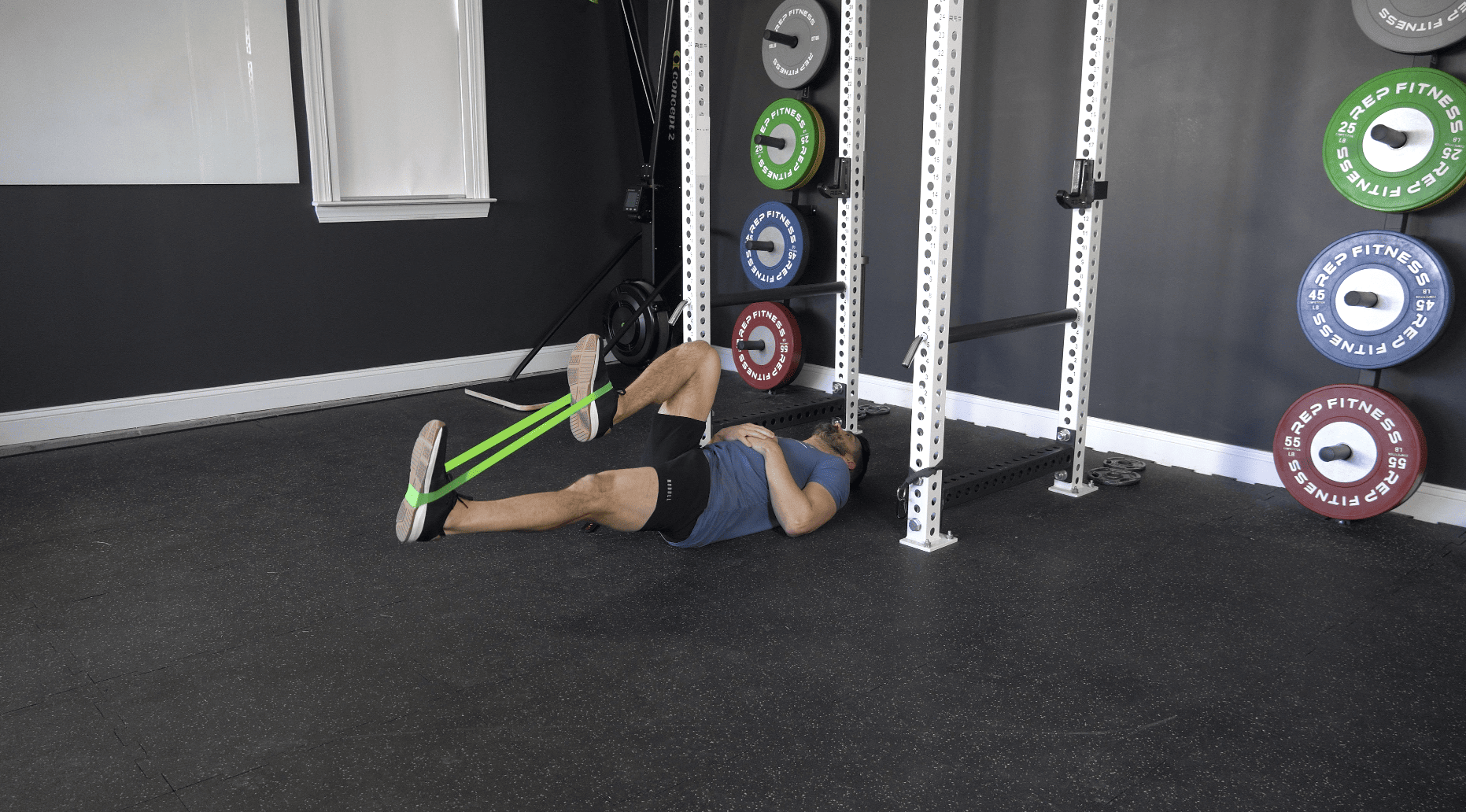
Injury Rehab,
Mobility,
The Psoas March – The Key to Strong, Flexible Hip Flexors
The psoas march is among my favorite corrective exercises to prescribe for athletes needing improved lumbopelvic control. This exercise has helped athletes with everything from: Psoas strains Low back pain Squat technique Hip impingement pain “Tight” hip flexors (because often weak muscles become tense) If you are ready for a stronger core and better control then give the psoas march...
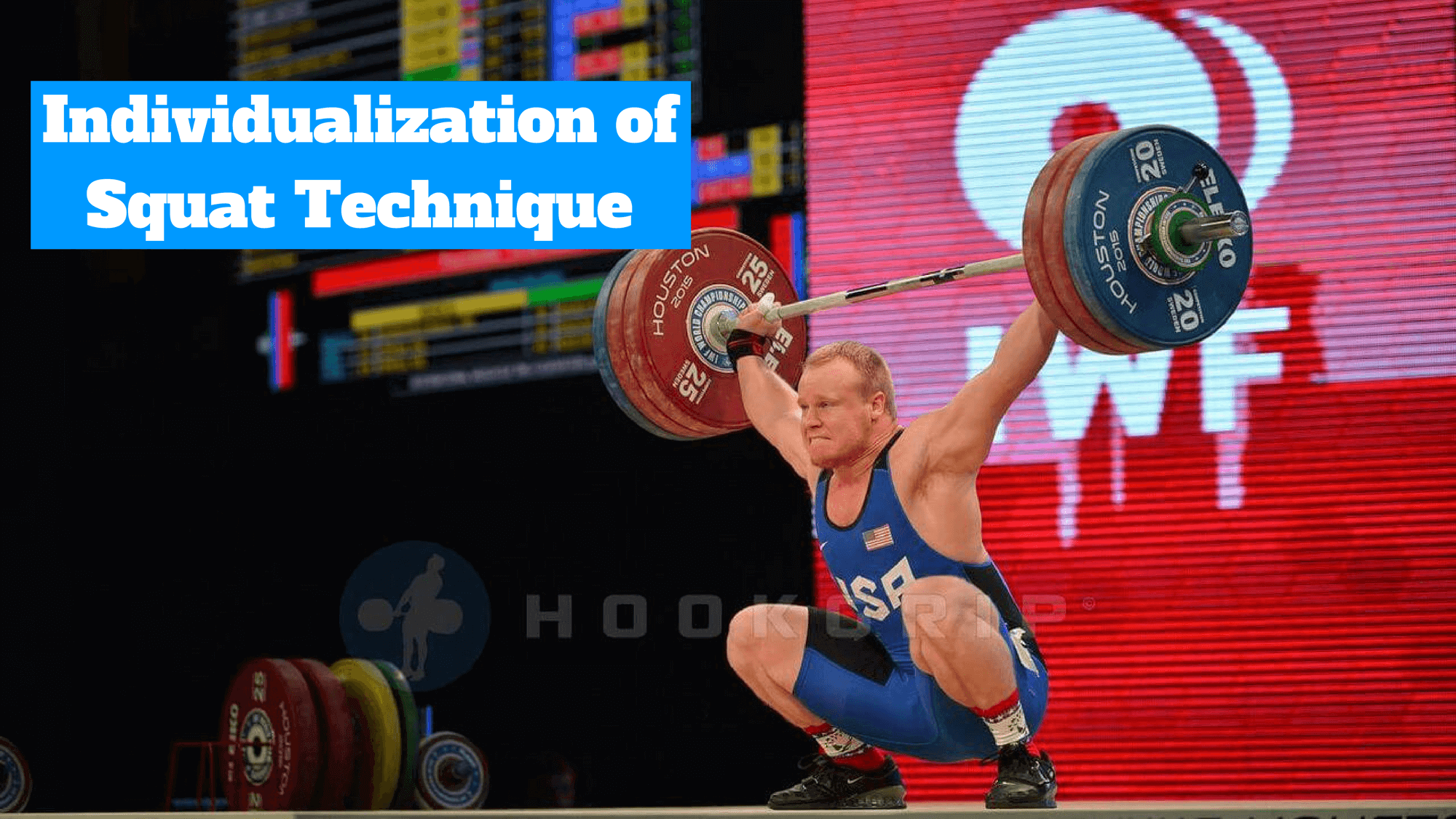
Mobility,
Individualization of Squat Technique – Sports Demands
We’ve covered how specific mobility limitations, hip socket alignment, and bone lengths can impact squat performance in the last three parts of this series. In this final installment of individual differences affecting the squat technique, we will discuss sports variations. Sports Positions for the Squat Let’s begin by looking at Olympic weightlifting where athletes must perform the snatch and the...
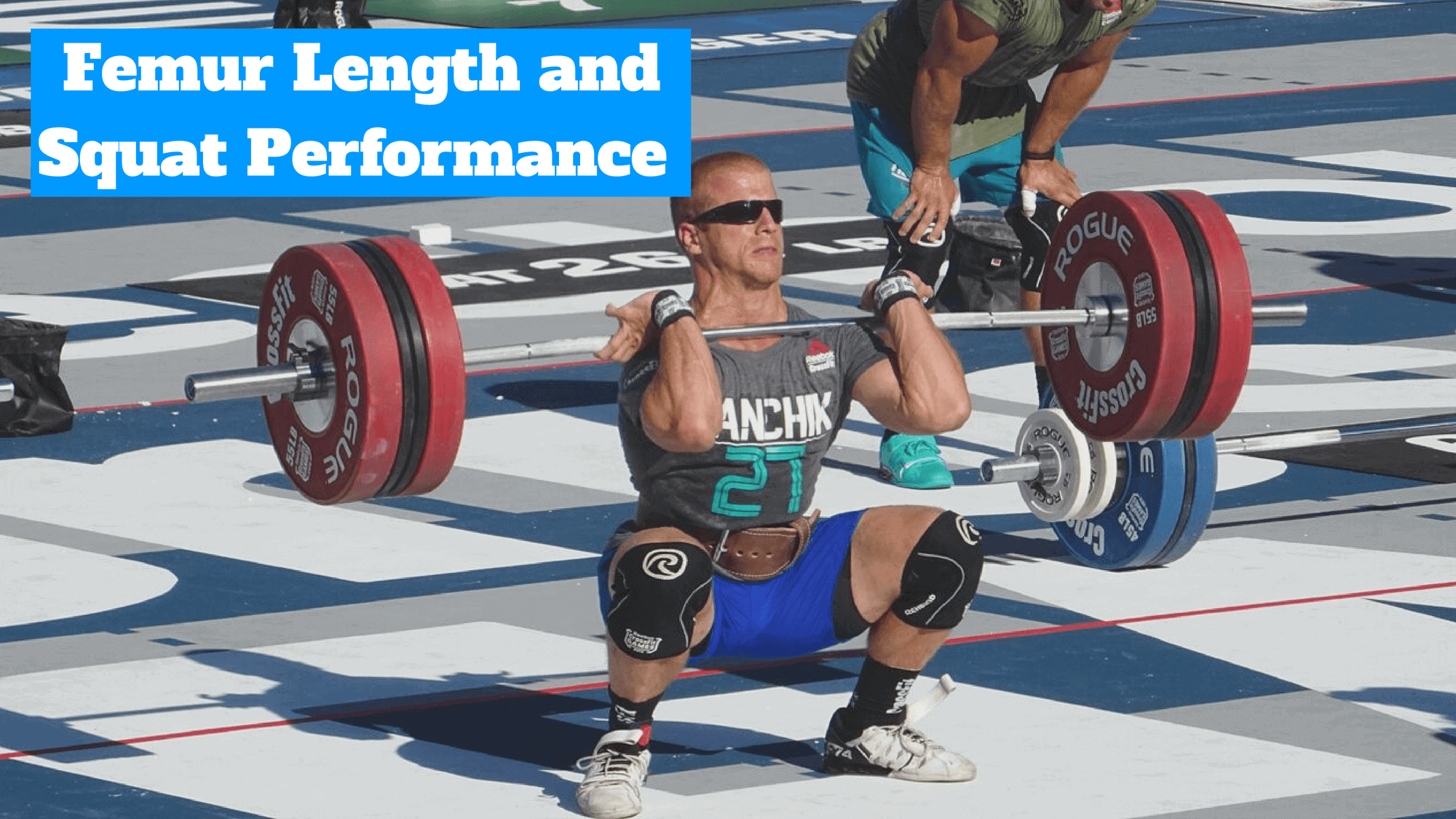
Injury Prevention,
Injury Rehab,
Mobility,
Femur Length and Squat Technique – How Individual Differences Impact Squat Performance
In Parts I and II in this series on how individual anatomical differences can impact squat performance. We covered the effects of various levels of ankle mobility, hip mobility, and hip boney anatomy. These two articles provide evidence for the need to individualize our squat technique prescription to every athlete that we work with. This week’s article will further investigate...
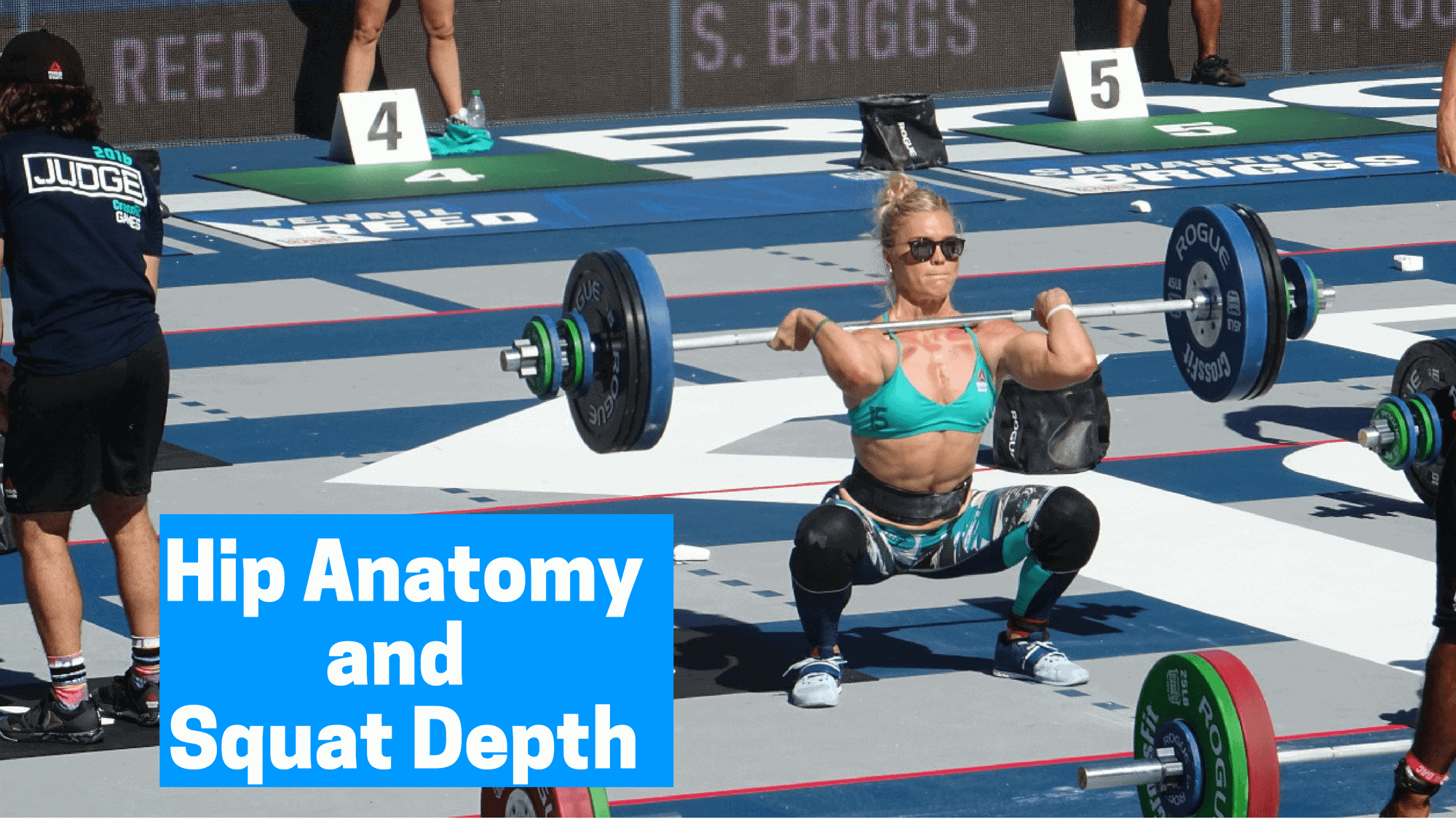
Mobility,
Hip Sockets and Squat Depth – How Individual Differences Impact Squat Performance
In Part I of this series on individualizing squat technique prescriptions, we covered how an athlete’s mobility impacts their squat form. These variations in individual anatomy mean that many of the “rules” for what a proper squat should look like are false. So many of the popular coaching points such as point your toes forward will actually negatively impact an...
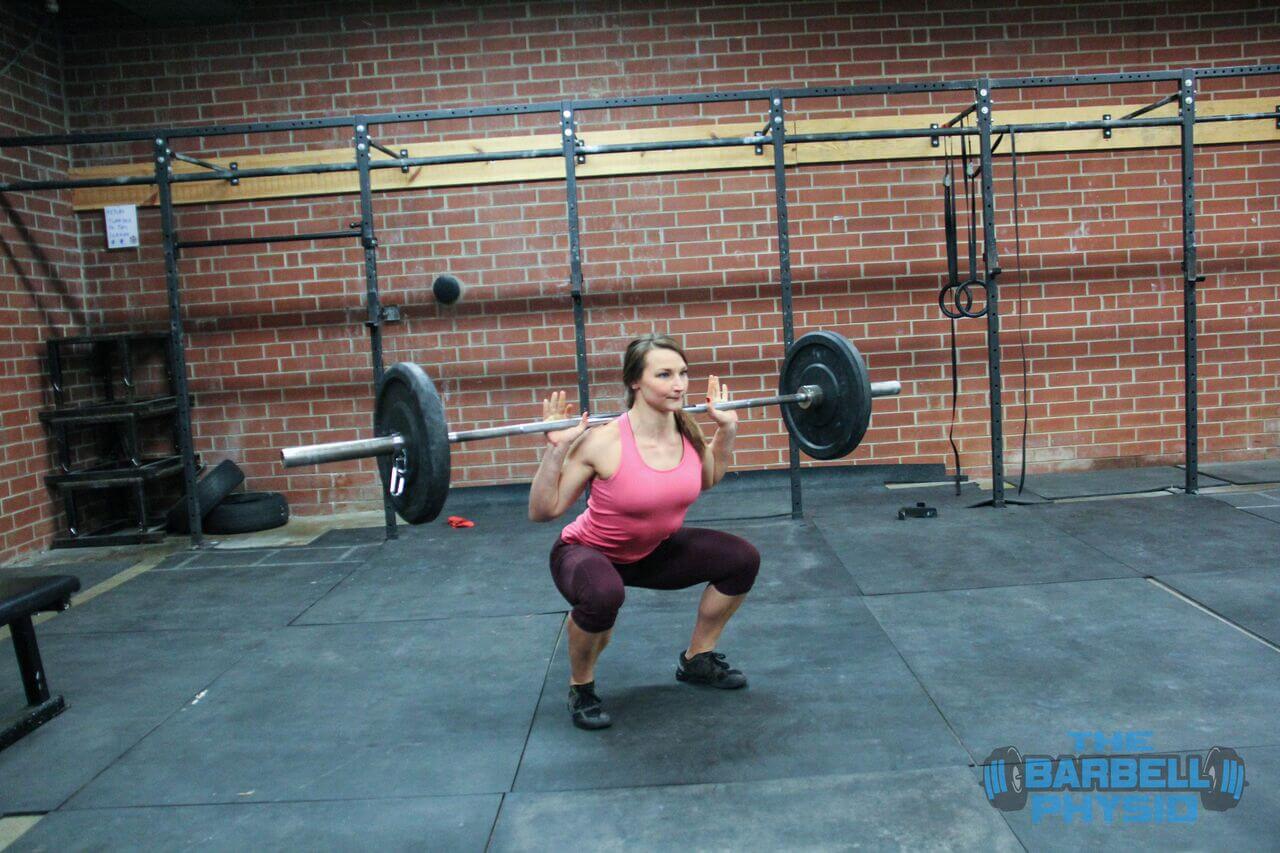
Injury Rehab,
Mobility,
How squat mobility impacts performance
How squat mobility impacts performance One of the biggest misconceptions I see and hear when working with various fitness coaches is that there is a certain way to squat and certain keys to proper squat mobility. Knees must be positioned in a certain spot, feet must be pointed a certain direction, and coaches try to force their athletes to squat in...

Injury Rehab,
Mobility,
How to Train Smart Through Pregnancy
I am all for women exercising during pregnancy. I have reaped the benefits of exercise through two pregnancies and have seen plenty of patients experience the same benefits. A few of these benefits include decreased musculoskeletal complaints throughout pregnancy, improved body mechanics and posture, prevention of gestational diabetes and preeclampsia, and stress reduction (1, 2, 3). In general, society seems...
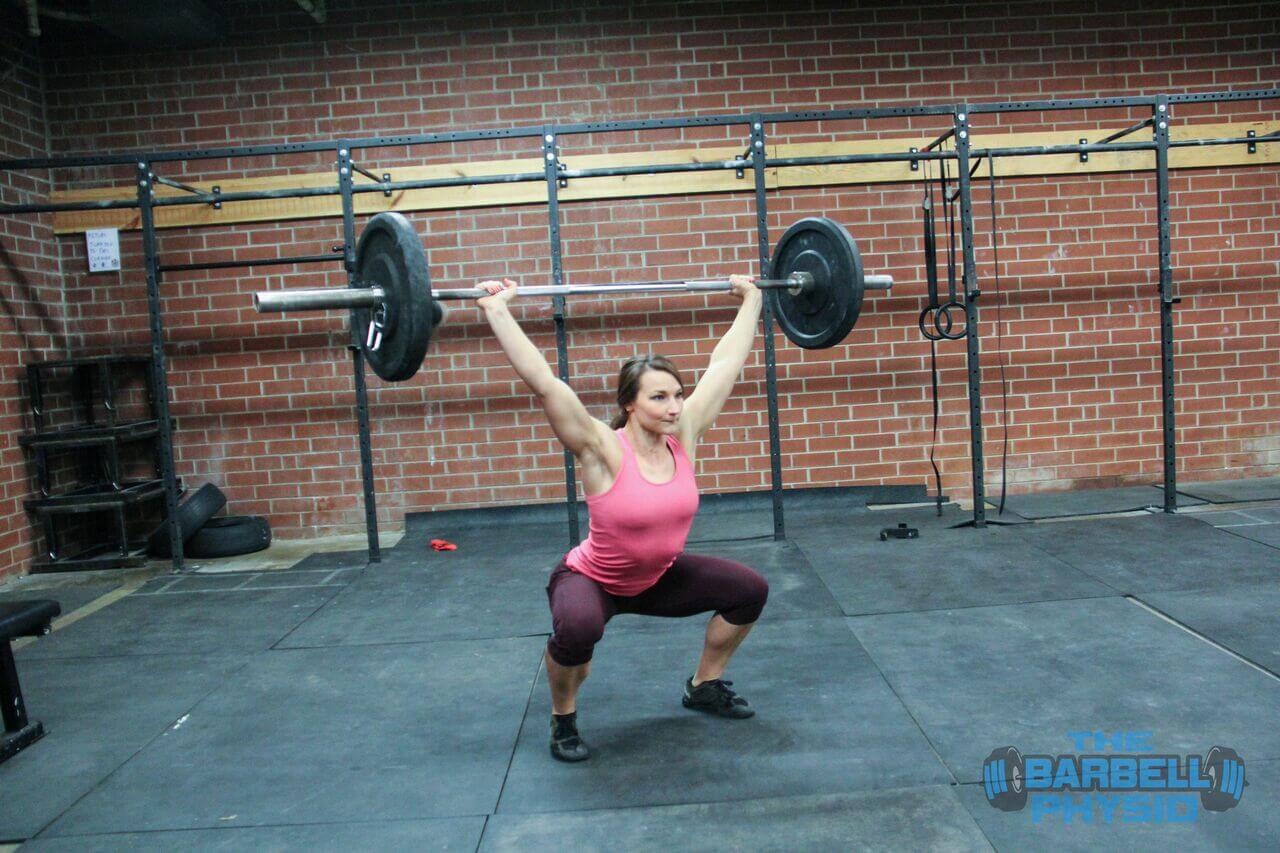
Injury Rehab,
Mobility,
The Best Mobility Technique You Are Not Using
We’ve all used foam rollers, stretching, band joint distractions, and lacrosse balls to improve mobility. But there is a big gap between having the available range of motion and being able to use that available motion. Eccentric isometrics fix that! It is rare to find athletes that can functionally utilize their full available range of motion. I commonly see athletes...
Search
Categories
Ankle Mobility (9)
Blog (115)
Conditioning (8)
Equipment Reviews (20)
Gymnastics Skills (25)
Hip Mobility (13)
Injury Prevention (118)
Injury Rehab (103)
Leg Strength (13)
Low Back Strength (15)
Mobility (118)
Shoulder Mobility (10)
Strength (21)
Uncategorized (1)
